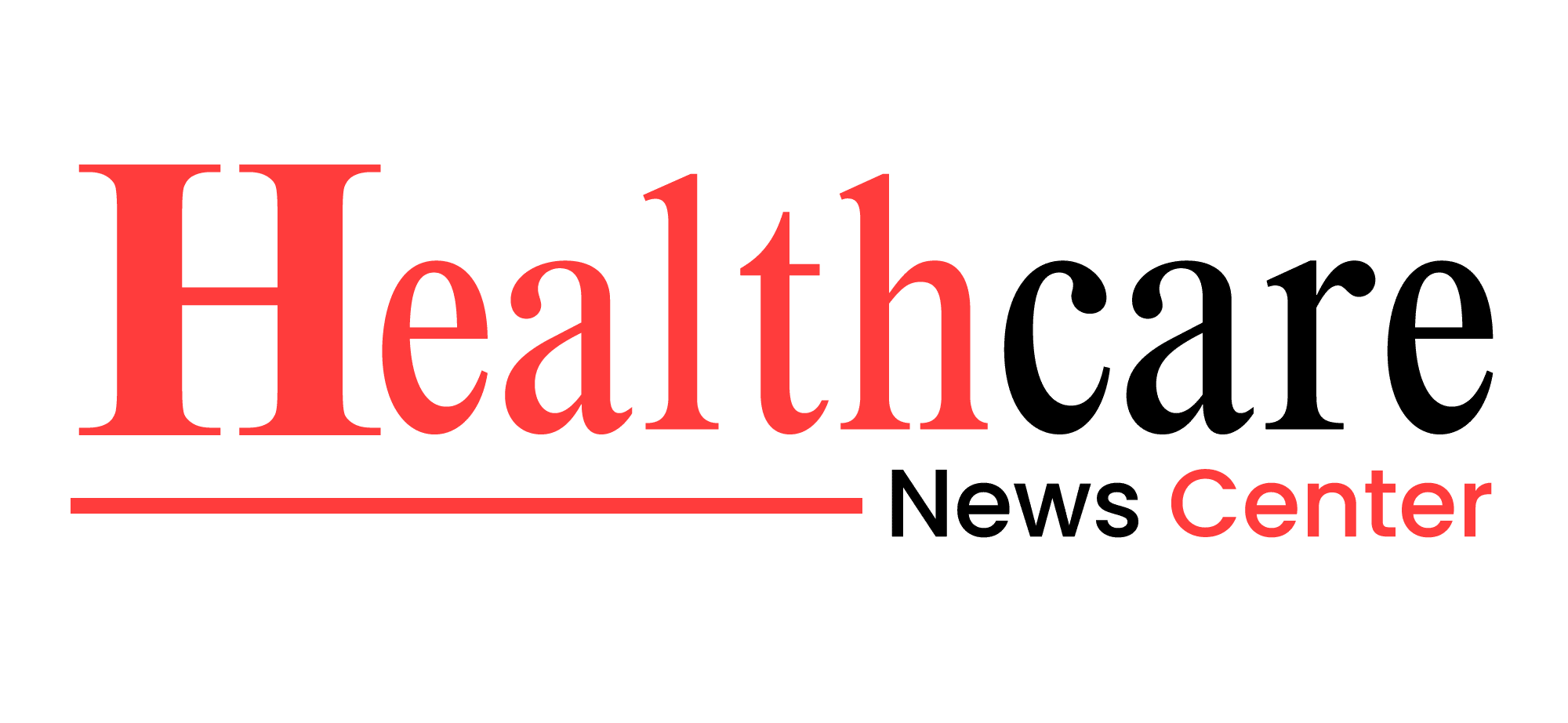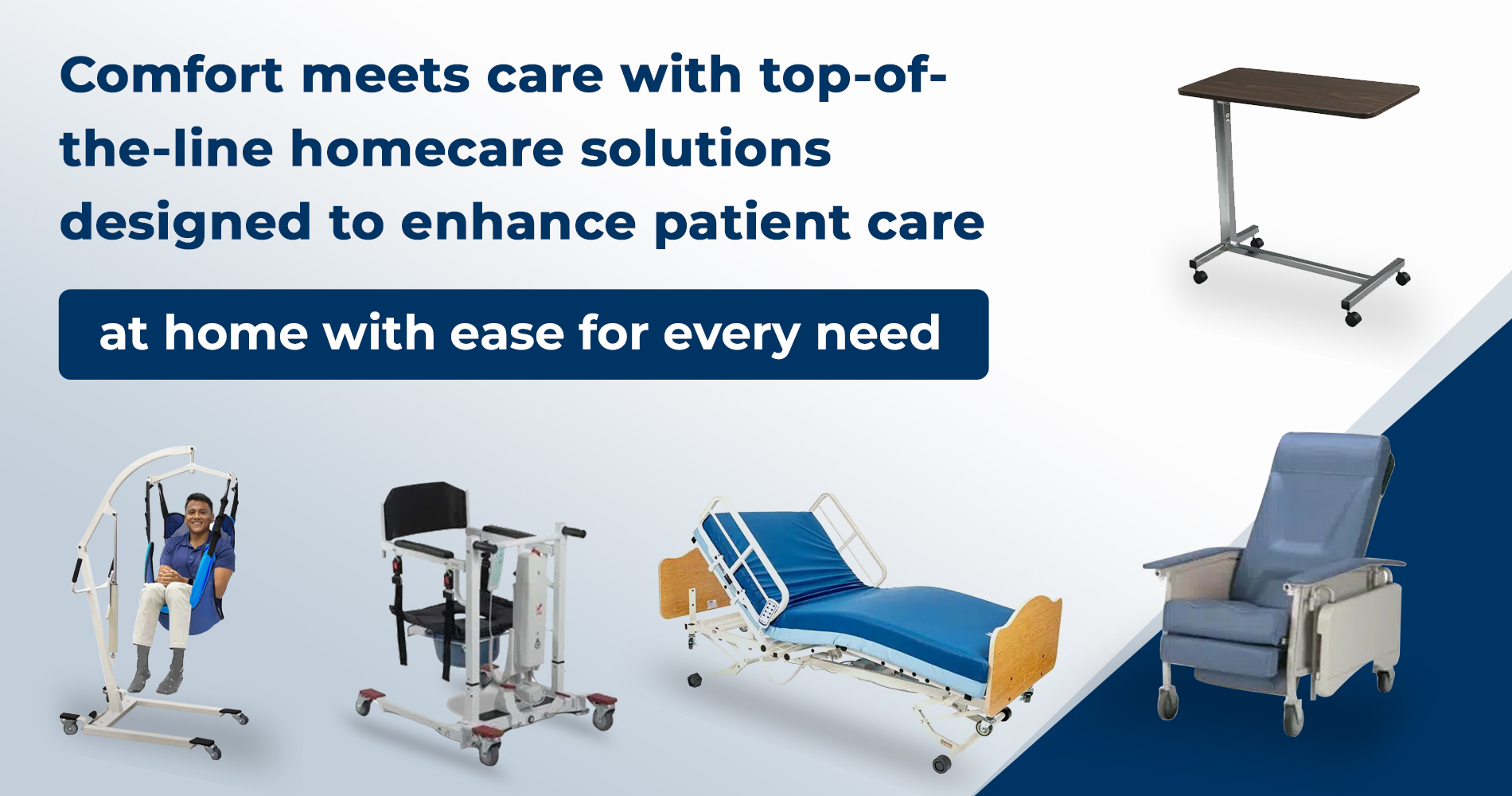The Nursing and Midwifery Workforce
Nursing and midwifery represent the backbone of healthcare systems worldwide, constituting a significant portion of the health and social care workforce. With an estimated 29 million nurses and 2.2 million midwives globally, these professionals are integral to the delivery of healthcare services. However, the World Health Organization (WHO) projects a critical shortage of 4.5 million nurses and 0.31 million midwives by 2030, culminating in a combined global deficit of 4.8 million healthcare workers. This shortage is anticipated to be most acute in Africa, South-East Asia, the Eastern Mediterranean Region, and parts of Latin America.
The role of nurses and midwives extends beyond basic care; they are pivotal in shaping health policies, enhancing primary healthcare, and ensuring the resilience and sustainability of health systems. These professionals are often the first point of contact in healthcare settings, particularly in rural and underserved areas, and their contributions are essential to achieving universal health coverage (UHC) and improving global health outcomes.
The Critical Role of Nurses and Midwives in Healthcare Systems
Nurses and midwives are not only providers of essential healthcare services but also vital agents of change in the health sector. Their involvement in policy-making, healthcare planning, and community-based interventions is crucial for the development of efficient and effective health systems. These professionals work in a variety of settings, including hospitals, clinics, and community health centers, often serving as the primary healthcare providers in regions with limited access to medical services.
In emergency situations, nurses and midwives play a crucial role in delivering life-saving care and ensuring the continuity of healthcare services. Their ability to adapt to challenging environments and provide care under pressure is indispensable in maintaining the functionality of health systems during crises.
Furthermore, the contribution of female nurses and midwives to the healthcare workforce is significant. Globally, women constitute 67% of the health and social workforce, compared to 41% in other employment sectors. Nursing and midwifery, therefore, represent a substantial portion of the female workforce, highlighting the gendered nature of these professions and the importance of addressing gender-related challenges within the healthcare sector.
Global Disparities in the Nursing and Midwifery Workforce
A significant disparity exists in the distribution of nurses and midwives globally. Over 80% of the world’s nurses work in countries that are home to only half of the global population. This uneven distribution exacerbates health inequities, particularly in low- and middle-income countries (LMICs) where the demand for healthcare services is high, but the availability of skilled professionals is limited.
Migration of nurses and midwives further complicates the global distribution of the workforce. One in every eight nurses practices in a country other than the one where they were born or trained, leading to a brain drain in countries already facing severe shortages. This migration is often driven by better working conditions, higher salaries, and opportunities for professional development in high-income countries.
The Impact of Nurses and Midwives on Health Outcomes
The presence of a robust nursing and midwifery workforce is positively correlated with improved health outcomes. Higher levels of female nurses are associated with greater health service coverage, increased life expectancy, and lower infant mortality rates. These professionals are essential in delivering primary healthcare services, managing chronic conditions, and providing maternal and child health care, which are critical components of public health.
The quality of care provided by nurses and midwives is also linked to the overall performance of health systems. Their ability to deliver high-quality, patient-centered care is vital for achieving UHC and ensuring that all individuals have access to the healthcare services they need.
WHO’s Strategic Directions for Nursing and Midwifery (2021–2025)
To address the global challenges facing the nursing and midwifery workforce, WHO has developed the Global Strategic Directions for Nursing and Midwifery (SDNM) 2021–2025. This strategic framework outlines four key policy focus areas: education, jobs, leadership, and service delivery. Each area includes specific policy priorities designed to strengthen the nursing and midwifery workforce and enhance their contributions to global health goals.
Education
Education is the cornerstone of a competent nursing and midwifery workforce. The SDNM emphasizes the need for countries to invest in the education and training of nurses and midwives, ensuring that they possess the competencies required to meet the health needs of the population. This includes expanding access to nursing and midwifery education, improving the quality of training programs, and aligning curricula with global standards.
In addition to formal education, ongoing professional development is crucial for nurses and midwives to maintain and enhance their skills. Continuous education programs, certification courses, and opportunities for specialization should be made available to ensure that these professionals can respond to the evolving demands of healthcare.
Jobs
Creating jobs and managing migration are critical to addressing the global shortage of nurses and midwives. The SDNM calls for the development of policies that support the recruitment and retention of these professionals, particularly in underserved areas. This includes offering competitive salaries, improving working conditions, and providing incentives for nurses and midwives to work in rural and remote areas.
Managing the migration of nurses and midwives is also essential to ensure that countries with critical shortages do not lose their healthcare workforce to high-income countries. International collaboration and the implementation of ethical recruitment practices are necessary to address this challenge and promote a fair distribution of the global workforce.
Leadership
Strengthening nursing and midwifery leadership is vital for the advancement of these professions and the improvement of health systems. The SDNM advocates for the inclusion of nurses and midwives in leadership positions within health and academic systems. This includes promoting their involvement in policy-making, healthcare planning, and management, as well as supporting the development of leadership skills through training and mentorship programs.
Nursing and midwifery leaders play a crucial role in advocating for the needs of their professions, influencing health policies, and driving the implementation of best practices in healthcare. Empowering these leaders is essential for the sustainability and effectiveness of health systems globally.
Service Delivery
The SDNM emphasizes the importance of creating supportive environments for nurses and midwives to deliver high-quality care. This includes ensuring that these professionals are respected, protected, motivated, and equipped with the necessary resources to perform their duties effectively. Safe working conditions, access to essential supplies, and opportunities for career advancement are critical to maintaining the well-being and job satisfaction of nurses and midwives.
In addition, the SDNM highlights the need for innovative approaches to service delivery, such as the integration of digital health technologies and the development of community-based healthcare models. These innovations can enhance the reach and efficiency of nursing and midwifery services, particularly in resource-limited settings.
WHO’s Collaborative Efforts and Global Initiatives
WHO’s efforts to strengthen the nursing and midwifery workforce are guided by the World Health Assembly resolution WHA74.15 (2021), which calls on WHO Member States to prioritize these professions in their health policies. WHO collaborates with ministries of health, government chief nurses and midwives, academic institutions, and other stakeholders to support the implementation of the SDNM and promote the development of nursing and midwifery programs globally.
The Global Forum for Government Chief Nurses and Midwives
Established in 2004, the Global Forum for Government Chief Nurses and Midwives is a key platform for senior nursing and midwifery officials to discuss and address shared challenges. Organized by WHO, the forum meets every two years and serves as a space for dialogue, collaboration, and the exchange of best practices. The forum also provides an opportunity for participants to influence global health policies and contribute to the development of strategies that enhance the nursing and midwifery workforce.
WHO Collaborating Centres for Nursing and Midwifery
WHO’s network of Collaborating Centres for Nursing and Midwifery plays a vital role in advancing research, education, and practice in these fields. There are currently 47 academic centers designated as WHO Collaborating Centres, which are affiliated with the Global Network of WHO Collaborating Centres for Nursing and Midwifery. These centers contribute to the development of global standards, the dissemination of knowledge, and the promotion of innovation in nursing and midwifery.
The Nursing and Midwifery Global Community of Practice (NMGCoP)
The Nursing and Midwifery Global Community of Practice (NMGCoP) is a virtual network established by WHO to provide a platform for nurses and midwives worldwide to collaborate, share knowledge, and engage with key stakeholders. The NMGCoP offers a range of resources, including discussion forums, live lectures, policy development opportunities, and innovation workshops. The community is accessible via a smartphone app, making it easy for nurses and midwives to connect and participate from anywhere in the world.
The NMGCoP is open to all nurses and midwives and offers a valuable opportunity for professional development and networking. Through this platform, participants can access WHO documents, tools, and resources, as well as participate in masterclasses and webinars led by experts in the field.
The Historical Contribution of Nurses and Midwives to Global Health
The history of nursing and midwifery within the World Health Organization dates back to its inception in 1948. Over the decades, WHO has recognized the critical role of these professions in improving health outcomes and has worked to give them a voice in global health discussions. A 2017 report on the history of nursing and midwifery in WHO highlights the significant contributions of nurses and midwives to the advancement of public health and the achievement of global health goals.
Nurses and midwives have been at the forefront of efforts to improve maternal and child health, reduce the burden of infectious diseases, and promote health equity. Their work has had a profound impact on communities around the world, particularly in LMICs where access

